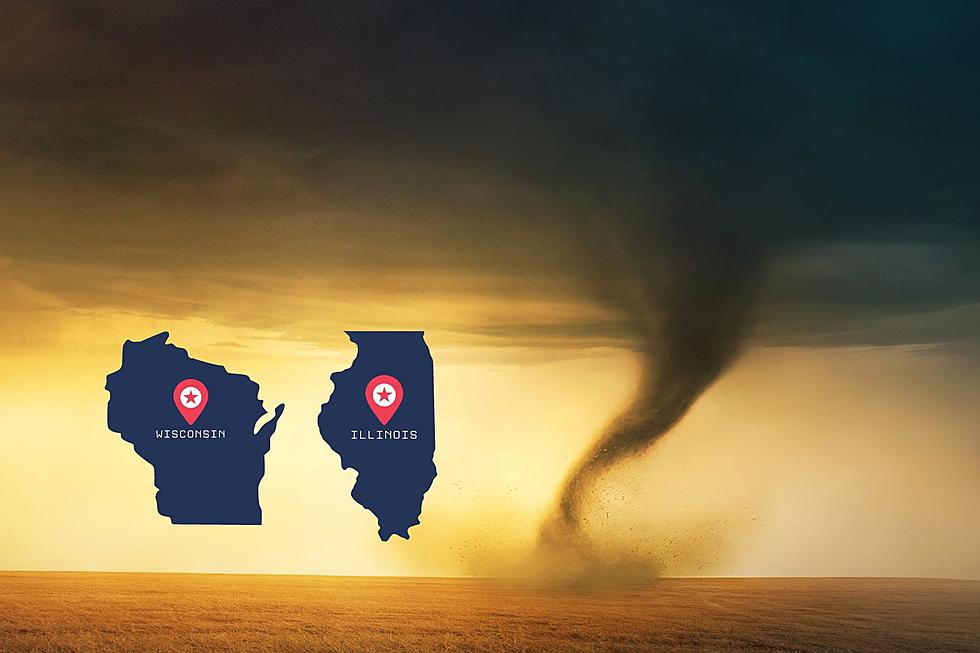
Is It Time To Stop Worrying When The River Rises?
Hard to believe it's been too cold for any measurable precipitation for the past 23 days -- until February 25. But what happens as it all melts, and the rains come, and the river starts to rise? Just the thought gets us all on edge. However, one local man wants to set us all at ease, vowing that most likely won't happen again.
KGAN/KFXA Chief Meteorologist Terry Swails is airing a special report on February 25 focusing on the science behind the flood of 2008. Specifically, how perfectly everything aligned to cause such devastation, and why it's very unlikely we will every see anything quite like that again.
I got the chance to talk with Terry about this report, and was just fascinated by his knowledge and insight. He said he enjoys, "bringing people into the process, watching something unfold." Just prior to the flood, he was in the process of covering the aftermath of the Parkersburg tornado, working on a book about the incident. He'd complete the book, but his focus shifted to both incidents together, and how one contributed to the other. In other words, he's done his research.
In fact, he told us there were quite of few factors that all lined up together, making the flood as bad as it was. And it all started with 2007 being the wettest year on record. Combine with that 80" of snow in Dubuque that winter, plus 19 out of 22 days of significant rain in the spring. Then came the tornado on May 25, 2008, which changed the game entirely.
Watch the report to get the full details, and why so many factors would have to perfectly line up again in order for that level of flood to re-occur. Terry's hope is that after viewing the report, we'll all be able to sleep a little better next time the river rises.
If you want to learn more about the science of weather, and what causes various weather situations, check out his blog at tswails.com.
More From 104-5 KDAT









